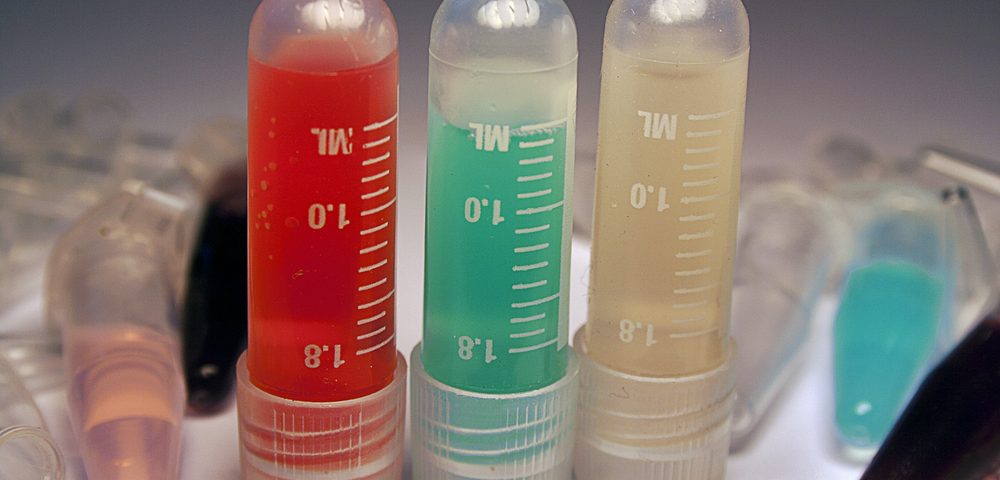Checkpoint inhibitors used in combination with a newly developed anti-tumor vaccine considerably prolonged survival in mice with established glioblastoma tumors in their brains, while neither treatment alone was of any benefit, according to recent findings. These results suggest it might be worth testing the combination in clinical trials.
The study, “PD-1 blockade enhances the vaccination-induced immune response in glioma,” published in the journal JCI Insights, implies that tumors use checkpoint molecules such as PD-1 and PD-L1 to grow resistant to vaccines.
Glioblastoma is a particularly aggressive cancer of the brain, with a typical survival of only 14 months after treatment. A vaccine against such tumors is now in a Phase 3 clinical trial, and, although results from earlier clinical studies provide reasons for optimism, survival after vaccination has varied widely.
Tumors are known to be quite capable of protecting themselves against drugs and immunotherapy directed at them, making cancer treatment arduous. Since tumor cells are fast growing, they can easily adapt to changes in the environment that threaten their survival.
Recently, studies have indicated that tumors might highjack immune checkpoint molecules to harness an immune response aiming to destroy it. Such mechanisms might render other types of cancer immunotherapy worthless as well. Given the increasing number of immunotherapy approaches, the importance tracking down the tools tumors use to protect themselves against treatment becomes crucial.
Studying the processes in mice, researchers at David Geffen School of Medicine at University of California, Los Angeles, showed that while a cancer vaccine triggers an immune response, it is of little value once the glioblastoma has been established in the brain. Exploring which inhibitory molecules were elevated in tumor-infiltrating immune cells showed that only PD-1 was involved.
Researchers therefore added a PD-1 blocking drug, which enhanced the response to the vaccine by improving long-term survival by 40 percent. The outcome seemed to be linked to higher numbers of activated T-cells, with an increased number of T-cells infiltrating the tumor microenvironment in animals treated with the combination therapy.
Using isolated tumor tissue, the team tested if the same processes were also active in humans, observing the combination increased the toxicity of immune T-cells against the tumor.
These results suggest that PD-1 and PD-L1 may help tumors become resistant to anti-tumor vaccines, and that testing such therapeutic combinations in patients would be of value.


